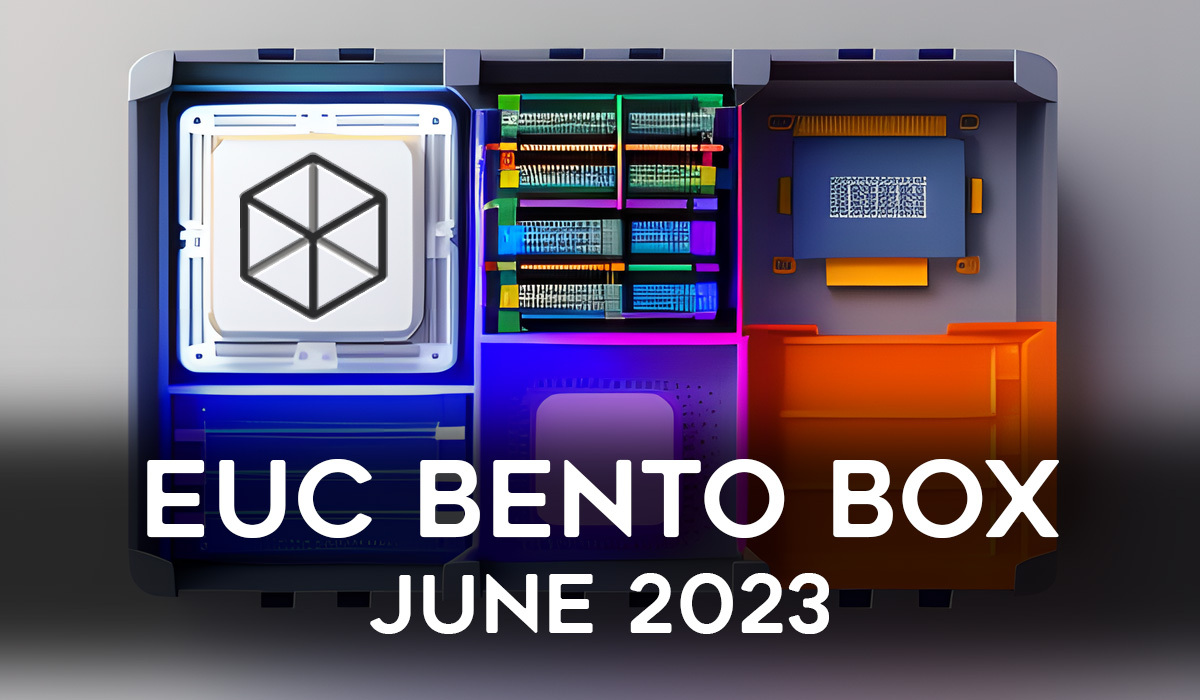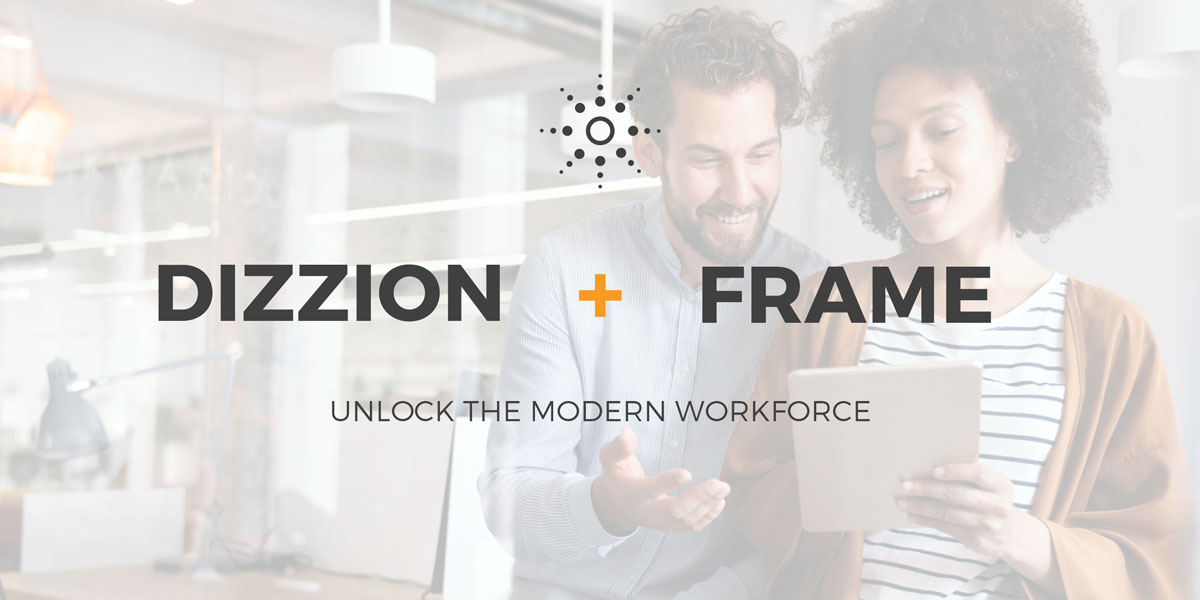
Dizzion has been delivering virtualized Digital Workspaces for over a decade, and we've seen first-hand that adoption rates for Digital Workspaces continue to rise, especially post pandemic. When we think about the drivers behind this, we can't help but think it has A LOT to do with the ever-increasing ability of the technology to meet the performance needs of a wider range of workloads. A few years ago, Digital Workspaces were widely considered only well suited to a few simple use cases, but today, there are numerous organizations using Digital Workspaces to serve their entire workforce, from CEO on down. There's a lot that contributes to the increase in Digital Workspace performance over the years - some of it has to do with software manufacturers improving protocols, platforms and adding features. But there is still a lot to be said for the way in which the underlying components are configured by a Digital Workspace service provider (or an IT department). Huge performance gains can be seen by ensuring that you're paying attention to some basic best practices that impact performance, four of which we've detailed in this blog post. If you're not doing these four things, your Digital Workspace environment(s) definitely aren't performing as well as they could be.









